Green transport transition experience from other countries
Prof. Dr. Le Hung Lan, Vice President of the Vietnam Automation Association, Head of the Transportation and Logistics Automation Association, said that green transportation has been highly developed in the world. The EU Green Deal aims to reduce 90% of greenhouse gas emissions from transportation, moving towards a carbon-free economy by 2050. Currently, CO2 emissions per capita in the EU are 40% lower than in China and 59% lower than in the US.
China stands out as a leader in both the scale and speed of deployment of New Energy Vehicles (NEVs). In less than two decades, China has built a globally competitive electric vehicle industrial ecosystem and implemented a series of policies to limit gasoline-powered vehicles in major cities. From a country heavily dependent on imported oil and severely polluted, China has become the world’s largest electric vehicle market, with millions of new EVs sold each year and a rapidly developing charging infrastructure.
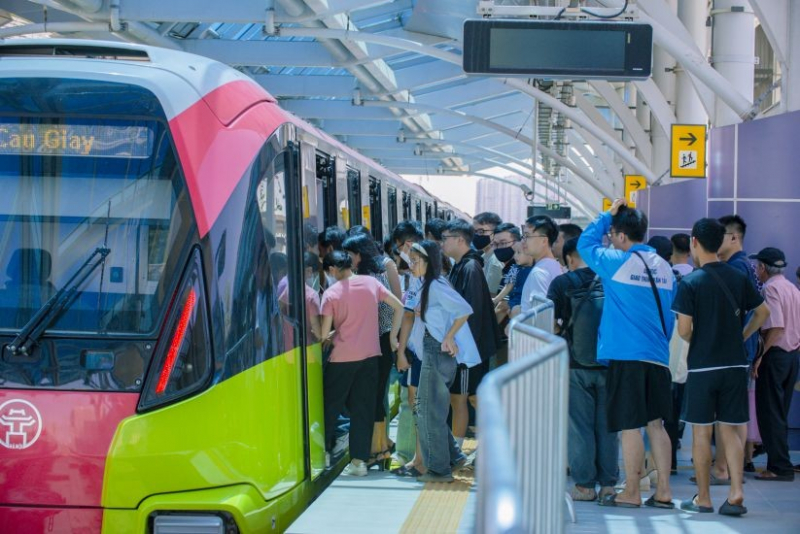
China’s shift away from gasoline vehicles is not simply a transportation or environmental policy, but part of a larger strategy of industrial restructuring and national energy security. As early as 2009, China launched the “New Energy Vehicle” (NEV) program, with strong support from the central government to promote research, development and application of electric, hybrid and hydrogen fuel cell vehicle technologies.
China has adopted a “test first, scale up later” model, in which several major cities such as Beijing, Shanghai, Shenzhen, Hangzhou, etc. have been given the right to test measures to restrict gasoline vehicles before implementing them nationwide. In Beijing and Shanghai, the issuance of license plates for gasoline vehicles has long been strictly restricted.
In addition, some cities have implemented hourly gasoline-free zones, especially in downtown areas or in eco-tourism areas. In particular, Hainan Province - one of the leading localities in green transformation - announced a plan to ban the sale of new gasoline vehicles throughout the province from 2030. This is the first comprehensive ban plan in China, and is considered a test signal for other provinces and cities.
In Indonesia, in 2025, the government will continue to implement a program to support the conversion of gasoline-powered motorbikes to electric motorbikes, after achieving positive results in the past two years. In 2024, the country successfully converted 1,111 units, a sharp increase compared to 145 units in 2023. The program is funded by the state budget and the private sector, including a support package of 10 million rupiah (equivalent to more than 600 USD) for each converted vehicle. The Indonesian Ministry of Industry said that the government is finalizing and is about to issue a series of new incentive policies to promote the production and consumption of electric motorbikes in the country. In 2024, the production of electric motorbikes will reach 6.91 million units, with sales reaching 6.33 million.
Despite many challenges, especially the high cost of vehicles, the Government is determined to encourage people to change their consumption habits and move towards using clean vehicles. The Indonesian Ministry of Transport emphasized that this is a necessary step to protect the environment and public health, while helping the country move closer to its goal of having 13 million electric two-wheelers by 2030.
Electric vehicles are seen as a solution in line with Thailand's sustainable development goals, helping to reduce greenhouse gas emissions by up to 40% by 2030, when the country expects EVs to account for 30% of total vehicle production. Meanwhile, Singapore has long had a policy of limiting the number of vehicles on the road. Since 2020, the government has announced that it will eliminate all gasoline vehicles by 2040. The COE (Certificate of Entitlement) vehicle ownership certification system reduces the price of electric vehicles. Singapore also invests heavily in electric buses and electric taxis, integrated with the plan to build smart cities and reduce carbon emissions.
Overall, the shift to cleaner vehicles is a necessary trend in reducing on-site emissions, but requires a coordinated approach between policies, markets and consumer behavior. Reducing emissions from transportation is not simply a matter of changing vehicles, but a revolution in urban thinking and infrastructure development.
Experience from pioneering countries shows that success comes from building a feasible, flexible and people-centered roadmap. Vietnam in general and Hanoi in particular have the opportunity to learn from and avoid repeating the mistakes of previous countries to create a green - clean - smart transport system, contributing to the commitment to achieve zero net emissions by 2050.
Overcoming challenges
Many transportation, health, and environmental experts share the same view: If China, with more than 1.4 billion people and a complex transportation system, has many provinces and cities in China that have converted to green transportation, then Vietnam, with a smaller scale and less pressure, can do even better, if it has determination and practical action.
Mr. Hoang Duong Tung, Chairman of the Vietnam Clean Air Network, expressed: Despite concerns and worries, in general, people have and will support because this will bring health to each family. However, people also hope that support policies, safety, charging networks, and public transportation will be implemented, announced quickly, and announced soon. That is also the experience of other countries, support policies are very public, transparent, and timely. Many countries even put them on websites and apps so that people can see how the conversion is.
“I also hope that Hanoi, with its recent determination, will soon implement measures to facilitate people to make a quick and smooth transition, reducing impacts on their lives,” Mr. Hoang Duong Tung emphasized.
Back to information from the authorities. The Department of Construction said that although the Prime Minister's Directive 20 was only issued on July 12, from June 28, 2025, the Department of Construction has issued Document No. 8086/SXD-TCĐT, sent to units (Hanoi Industrial and Export Processing Zones Management Board; Department of Culture, Sports; Health; Department of Education and Training; Department of Industry and Trade; Vingroup Corporation - JSC) requesting coordination in reviewing and synthesizing land funds for the installation of clean energy vehicle charging stations.
However, up to now, the Department of Construction has not received any feedback or a summary list from relevant units. However, the proposed solutions will not be delayed. The Department of Construction will continue to review, update and issue a Project to convert fossil fuel-powered vehicles to electric and green energy vehicles, in accordance with the practical situation of each type of transport (buses, taxis, contract vehicles, specialized vehicles, etc.). Hanoi also recommends that the Government and relevant ministries and branches soon issue specific support mechanisms such as credit incentives, tax exemptions and reductions, and direct subsidies for electric vehicles, especially for public transport enterprises.
Mr. Duong Duc Tuan, Vice Chairman of Hanoi People's Committee, said that currently, Ring Road 1 has only 11/45 electric bus routes. The buses themselves must also be converted. “We will strengthen the medium-sized bus network of 8-12-16 seats. Currently, this type has proven to be very effective when deploying the road traffic infrastructure system in the Ring Road 1 area to create a wider network. Along with that is the type of supplementary controlled electric taxi, establishing electric bus transfer types at a smaller scale of 4 seats, creating a closed network in the Ring Road 1 area, developing and spreading Ring Road 2 in the future with a roadmap to 2028 towards 2030 for the rings. For this bus system, we will try to combine it with the urban railway system”.
Currently, there is the Cat Linh - Ha Dong line going into the center of Ring Road 1, the Nhon - Hanoi Railway Station line, in 2025 and by 2030, Hanoi will have to complete 3 urban railway lines (urban railway lines No. 2, No. 3, No. 5) and urban railway branch No. 2A. These are high-speed mass transport vehicles. Even the Red River area will be given attention in the coming time to improve technical infrastructure. Increase the rate of public passenger transport, currently this rate in the whole city is still limited, only about 20%. In the coming time, by 2030, this rate will have to try to increase to 35%, even 40%.
Regarding support for people, the Hanoi Department of Construction is seeking opinions from relevant departments, branches and units for the draft Resolution on converting to green vehicles (electric vehicles) and developing a charging station system in the area...
Hanoi plans to submit the plan in September 2025 according to the roadmap required by Directive 20. The leader of the Hanoi People's Committee expressed his determination: "Hanoi will standardize the planning and deployment of the technical infrastructure network, even perform the city's public investment task to perfect the appropriate charging station system, while ensuring safety."
“We see that vehicle batteries are an issue related to fire prevention, fire fighting, rescue and relief. We will control and establish synchronization with the static traffic system, strictly control the areas in the functional structure of a building, mainly deploying the outside areas associated with traffic infrastructure, including dynamic and static traffic, public areas, how to demonstrate the most convenient and best network”, said Vice Chairman of Hanoi People's Committee Duong Duc Tuan.
In another development, the Department of Construction has just issued a document requesting bus station management units, parking lots, inspection centers and transport businesses to install charging stations for electric vehicles and green energy vehicles. For bus station management units, including: Hanoi Bus Station Joint Stock Company, Bus Station Operation Center, Water - Environment Development Investment Joint Stock Company, and motor vehicle inspection facilities, the Department of Construction requires a comprehensive review, identifying areas where charging stations can be installed within the scope of management and reporting the implementation results as soon as possible.
The Department of Construction affirmed that this is an important task to promote clean energy conversion in the transport sector, therefore requiring directors of relevant units to directly direct and organize the urgent and serious implementation of the above contents. According to the leader of Hanoi Bus Station Joint Stock Company - the unit managing My Dinh, Giap Bat and Gia Lam bus stations - the unit has coordinated with partners to install electric charging stations at the bus stations. It is expected that by the third quarter of 2025, all 3 bus stations will be fully equipped with charging stations, suitable for the existing area and actual needs. Nuoc Ngam Bus Station has completed the survey and is preparing the necessary steps to deploy investment and installation of electric charging stations for vehicles using clean energy.
Dr. Phan Le Binh, an expert who has worked for many years for JICA (Japan), believes that organizing connected and efficient public transport is a prerequisite for people to accept change. Switching to green means of transport is an inevitable trend. However, to make the roadmap to ban gasoline motorbikes in Ring Road 1 from July 1, 2026 a reality, there needs to be close coordination between the government, businesses and people. When properly prepared, synchronously and humanely, this will be a turning point in greening urban transport, bringing a better living environment to millions of people in the capital...
Source: https://cand.com.vn/Giao-thong/can-su-phoi-hop-chat-che-giua-chinh-quyen-doanh-nghiep-va-nguoi-dan-bai-cuoi--i775519/


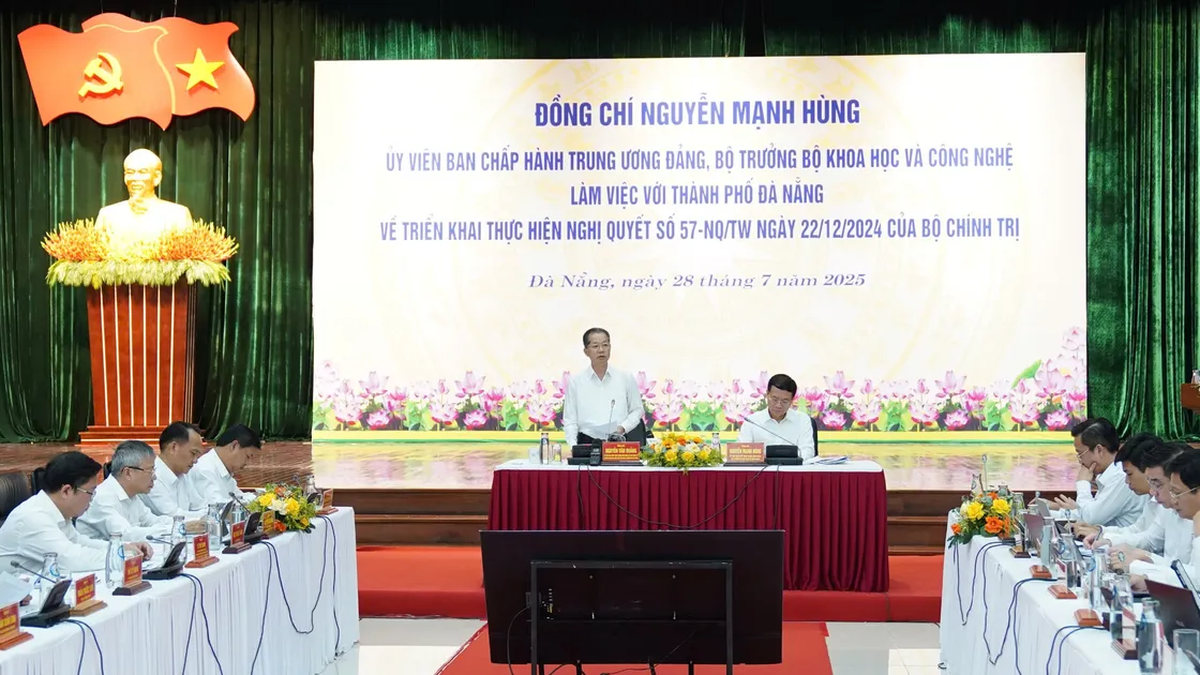

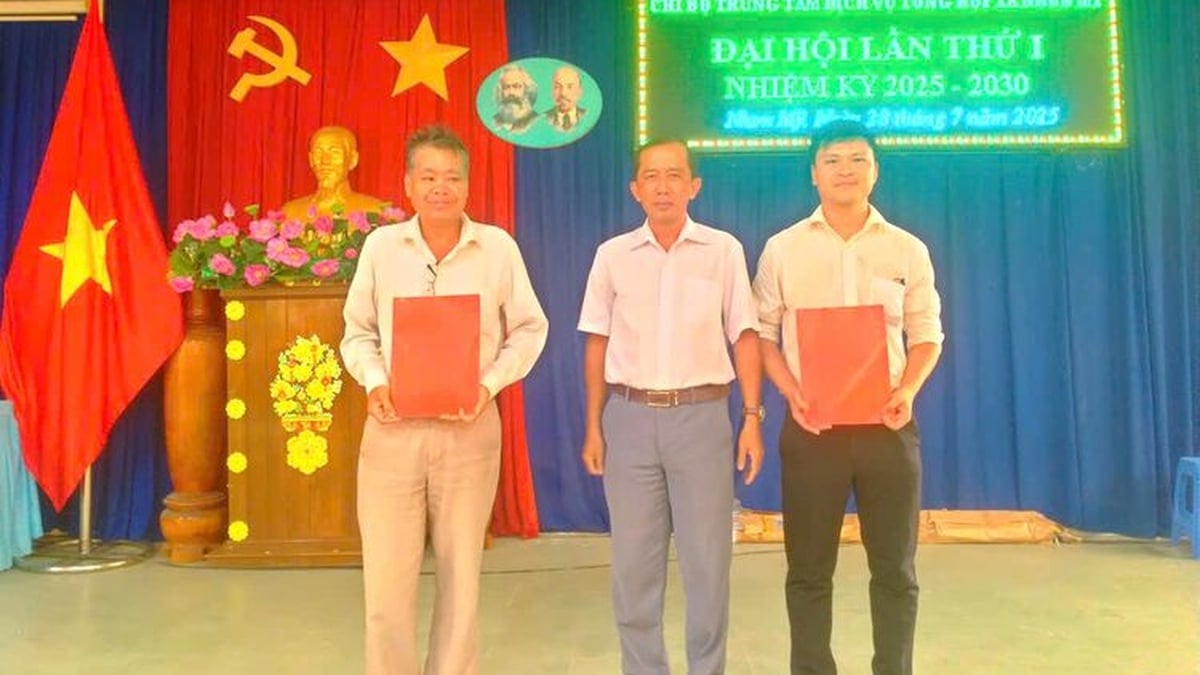
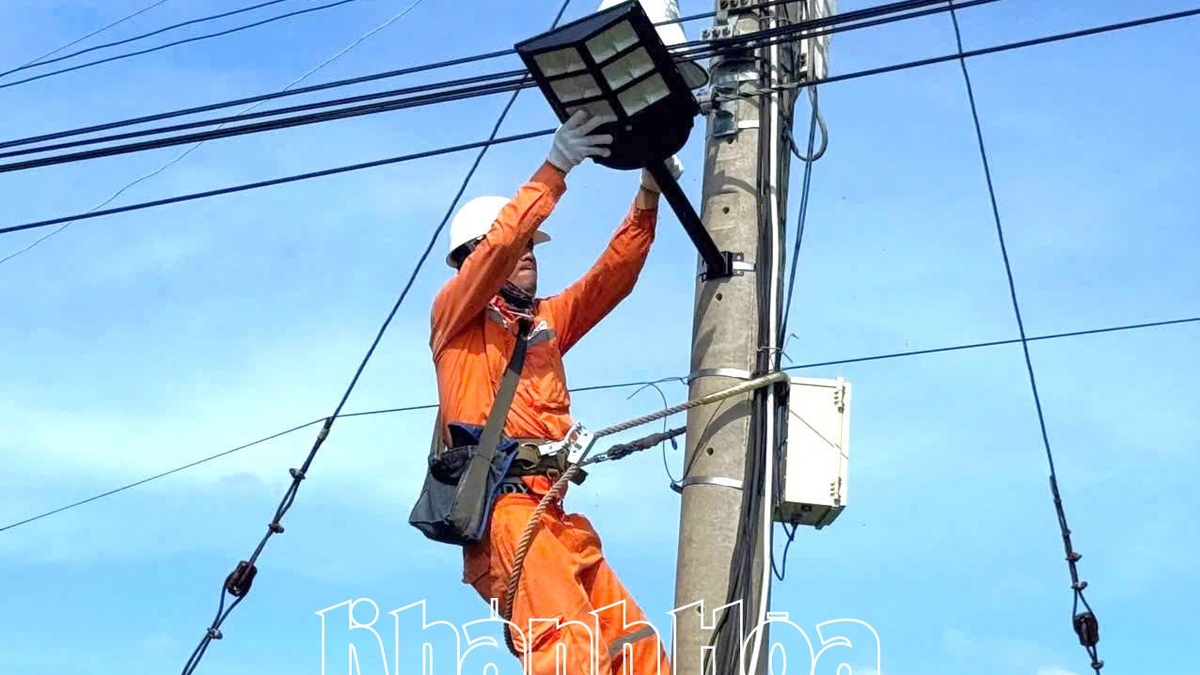
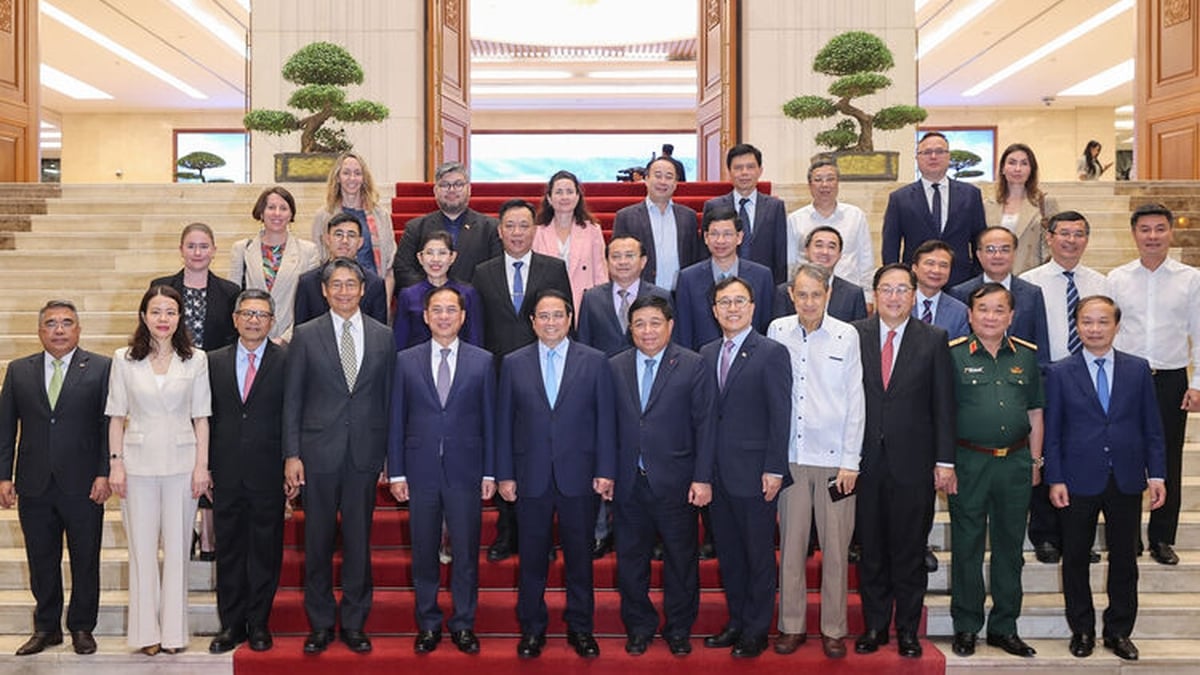
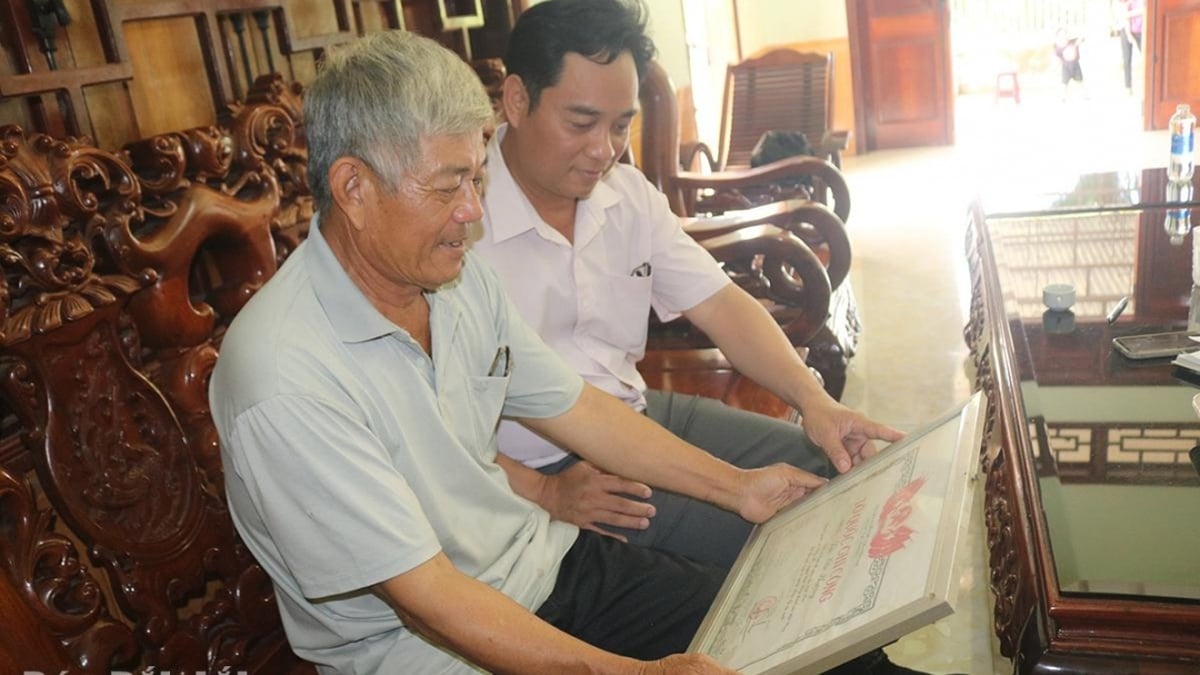

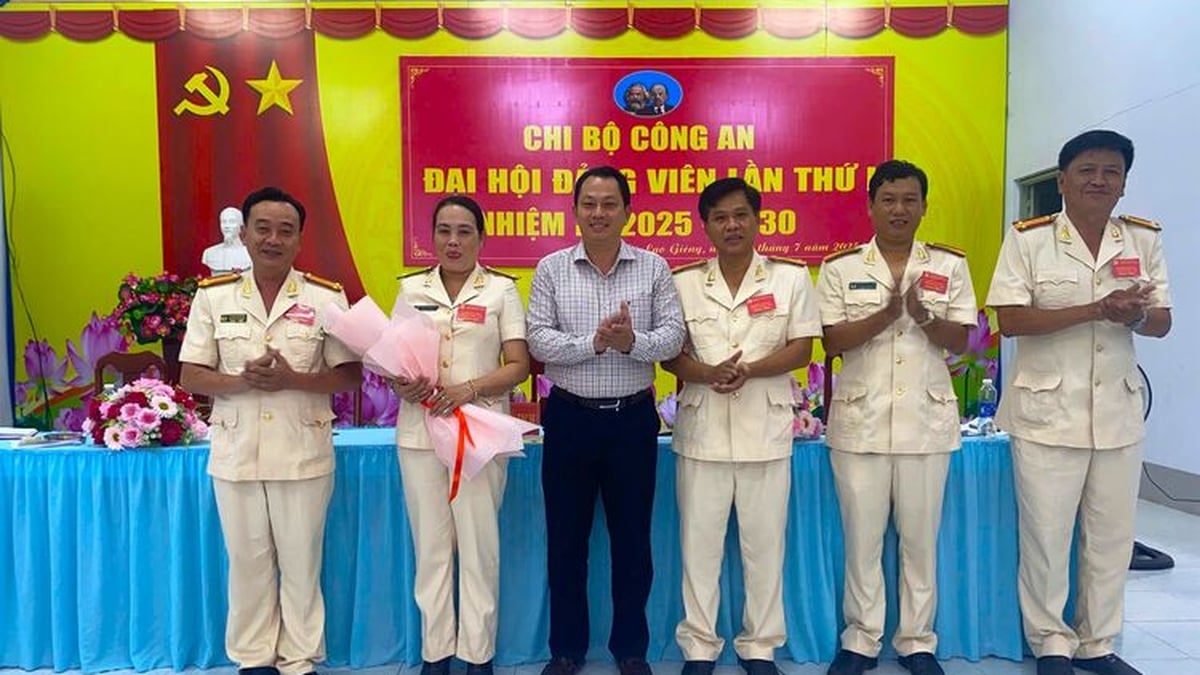
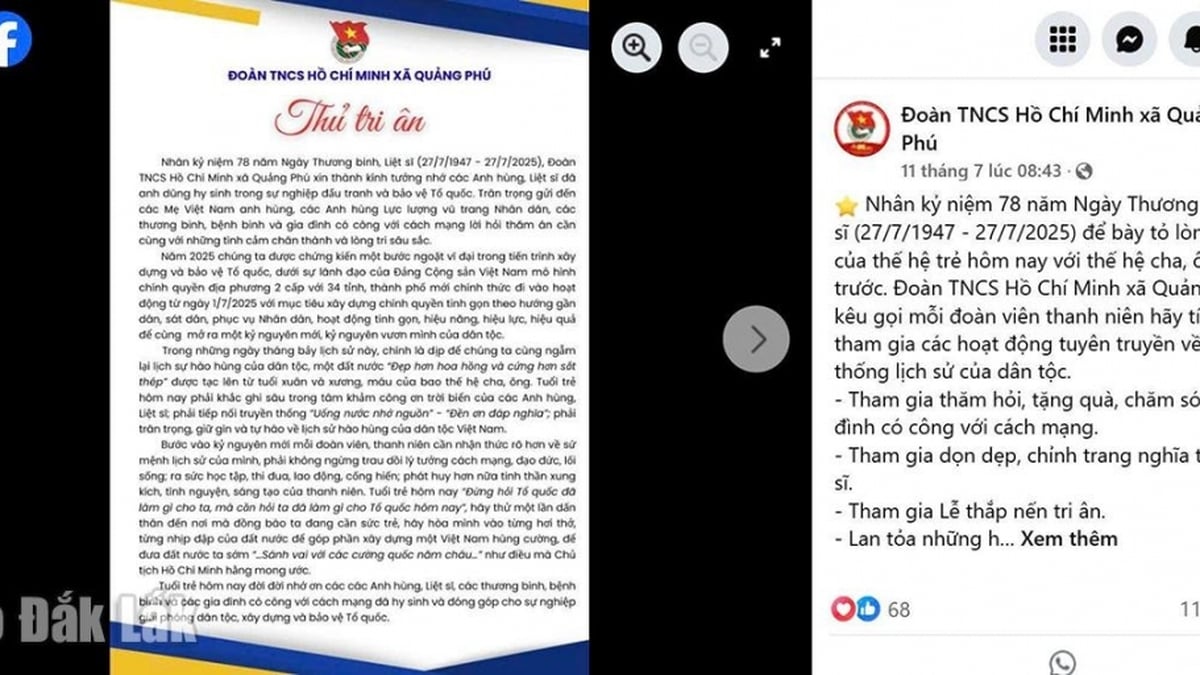
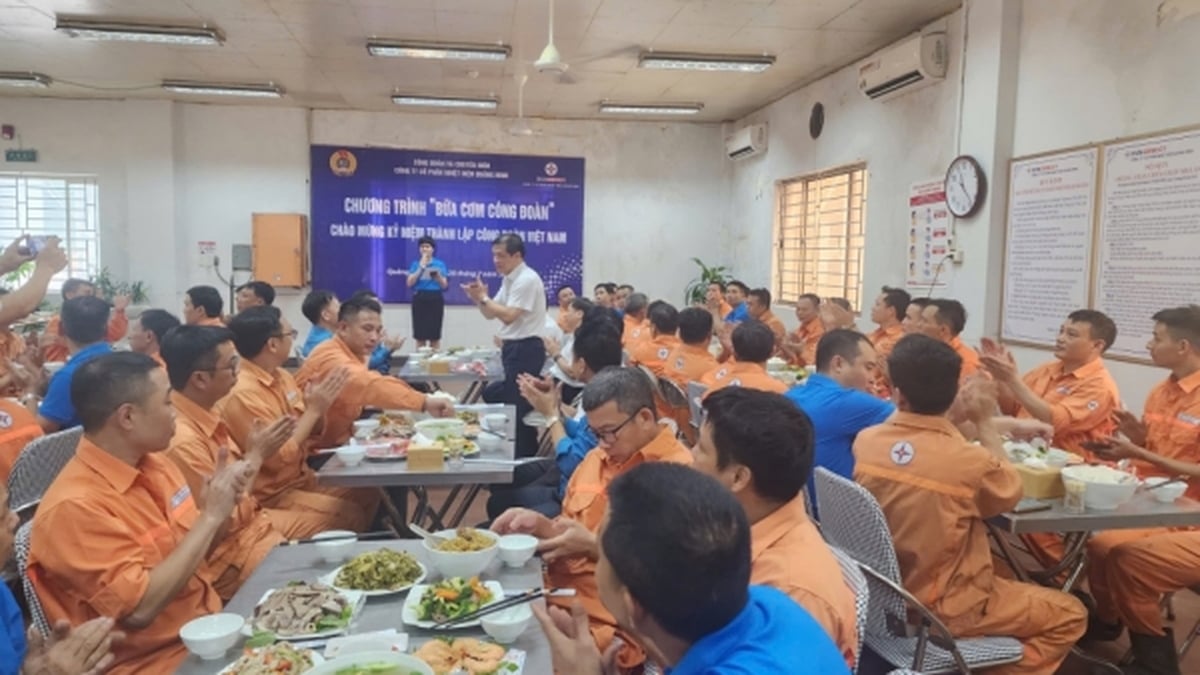











![[Photo] National Assembly Chairman attends the seminar "Building and operating an international financial center and recommendations for Vietnam"](https://vphoto.vietnam.vn/thumb/1200x675/vietnam/resource/IMAGE/2025/7/28/76393436936e457db31ec84433289f72)













































































Comment (0)